- About us
- Support the Gallery
- Venue hire
- Publications
- Research library
- Organisation chart
- Employment
- Contact us
- Make a booking
- Onsite programs
- Online programs
- School visit information
- Learning resources
- Little Darlings
- Professional learning
Michael 'Mick' Fanning AO (b. 1981) began surfing at five and, in spite of severe scoliosis, took up the sport in earnest at the age of twelve. Though devastated by the death of his brother, also a surfer, in 1998, he won the Rip Curl Pro at Bells Beach, Victoria in 2001 on a wild card entry. Turning professional in 2002, he won the 2007 Quiksilver Pro and the Santa Catarina Pro to win the Association of Surfing Professionals' world title for the first time. After a groin injury in 2008, he slipped to eighth position on the world rankings, but battled to reclaim his world crown in Hawaii in 2009. He finished as the ASP world number one for the third time in 2013, and in 2014 he won his third Rip Curl Pro at Bells. Fanning is the co-author of the biography Surf for your life (2009), re-issued in a 'Grommets' Edition’ in 2010. He retired as a full-time competitor in 2018 having amassed 22 world tour titles.
Photographer Andrew Maccoll recalls that at Snapper Rocks on the Gold Coast 'before a major competition, Mick stopped for a one-minute portrait. His portrait captures the essence of his assertive personality and the strength that has seen him win world surfing titles.'
Purchased 2011
© Andrew Maccoll
Mick Fanning at Snapper Rocks, Andrew Maccoll, 2010.
This photographic portrait of surfer Michael ‘Mick’ Fanning AO stands 101 cm tall and 152 cm wide.
Mick Fanning is pictured standing on the sand at Snapper Rocks beach, positioned slightly left of centre from the knees up. He appears studio-lit from above, casting a shadow under his strong brow and square jaw.
Fanning stares straight into the camera and his blond crew-cut hair appears gold when lit from above. His nose is long and straight and faint blond stubble peppers his chin and jaw. His right shoulder is raised slightly, his right hand tucked into his dark jeans pocket. His left shoulder is lower and in his left hand he holds shiny black plastic sunglasses against his leg.
On his left wrist a large sports watch and narrow wrist band catch reflections of the light and he wears a wedding band on his left ring finger. Fanning wears black jeans and a black t-shirt which shows a large stark white ‘RIPCURL’ logo on his chest; a stylised wave set in a rectangular frame. The small text ‘RIPCURL’ is just visible below the logo and on his left sleeve cuff.
Behind him, the dark foreboding grey clouds and the dark sand of the beach stand in stark contrast to the warm studio light of the foreground. The ocean horizon cuts directly across the middle of the image. Amongst a strip of frothy waves that line the horizon, 2 tiny surfers on the left and right are visible only as silhouettes. To the far right a small belt of rocks protrude from the sand as water washes around them.
Audio description written and voiced by Amy Middleby
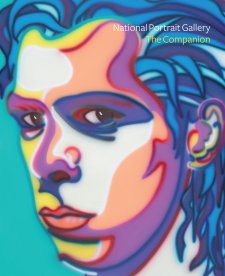
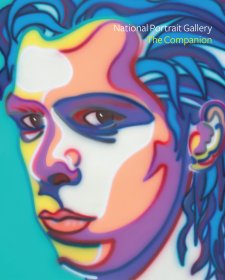
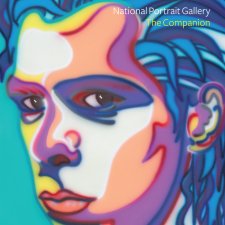
On one level The Companion talks about the most famous and frontline Australians, but on another it tells us about ourselves.
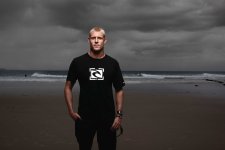
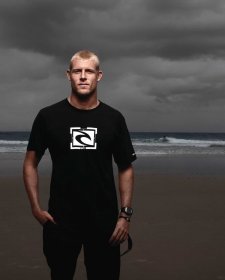
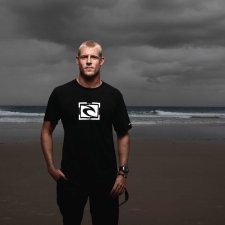
Photographer Andrew Maccoll tells the story behind his portrait of dual world champion pro surfer Mick Fanning.
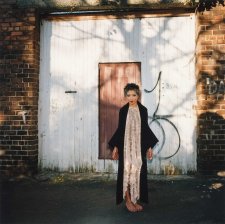
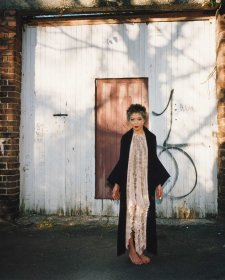
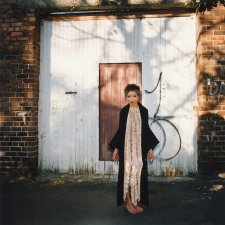
An antidote to the months spent in isolation at home, This is my place brings a fresh, intimate focus to the places that define who we are – our spiritual homes, habitats and workspaces.